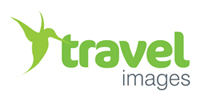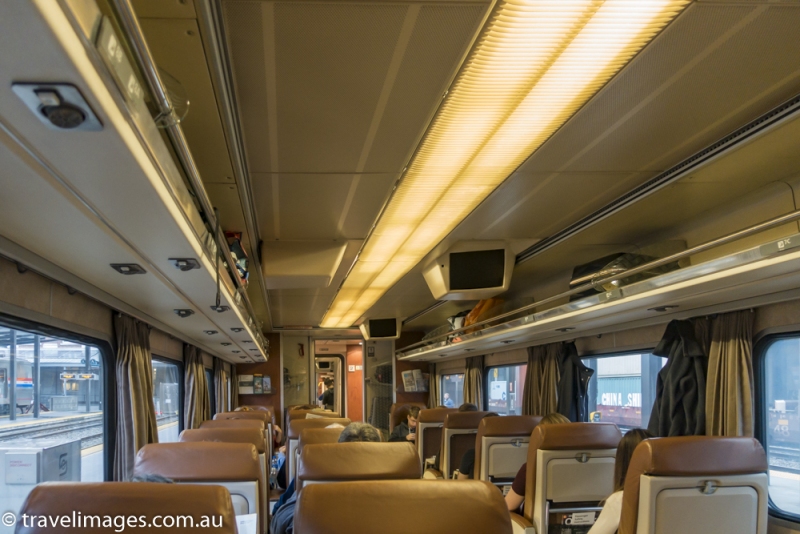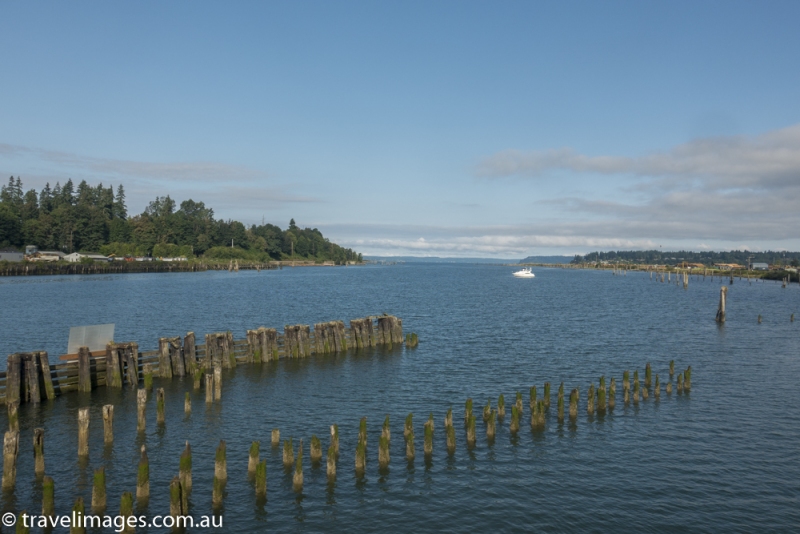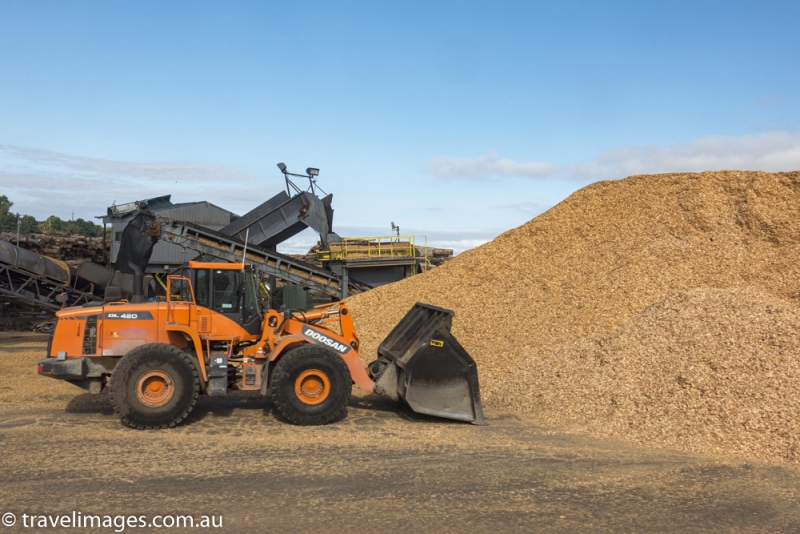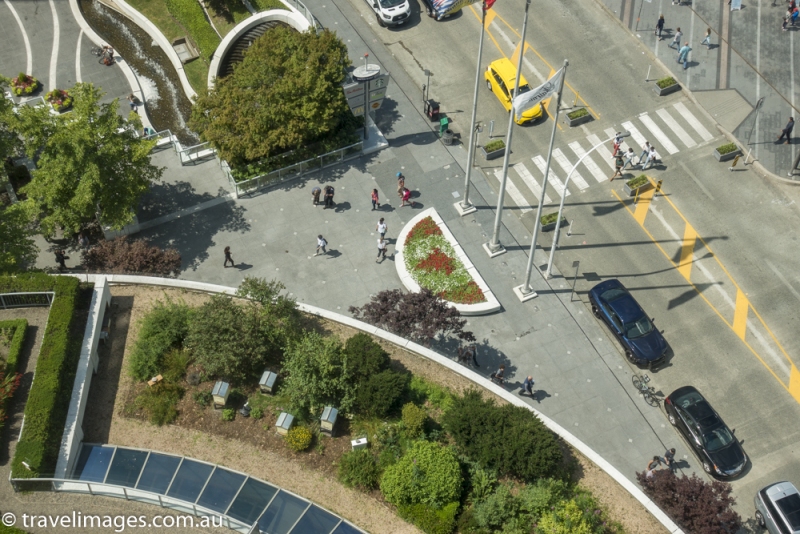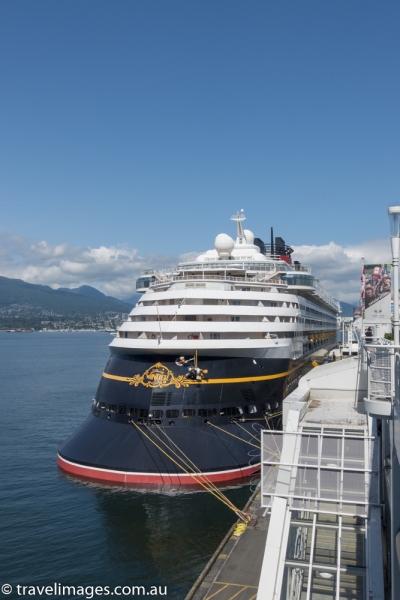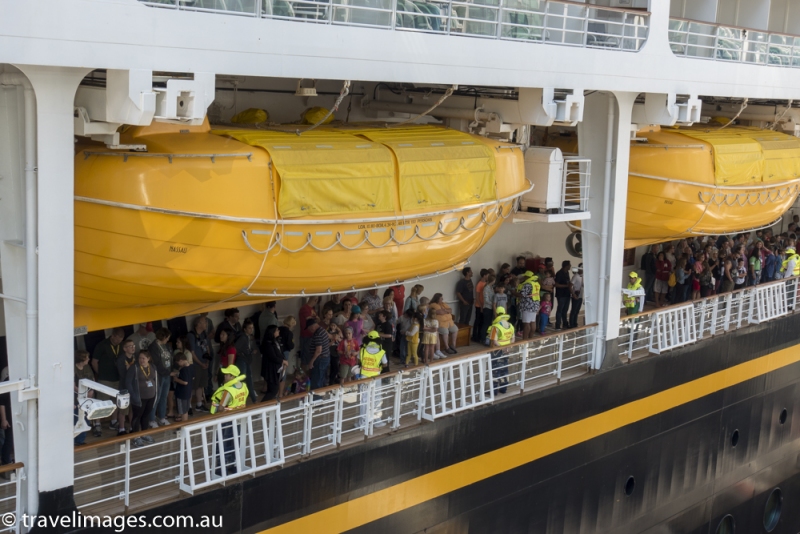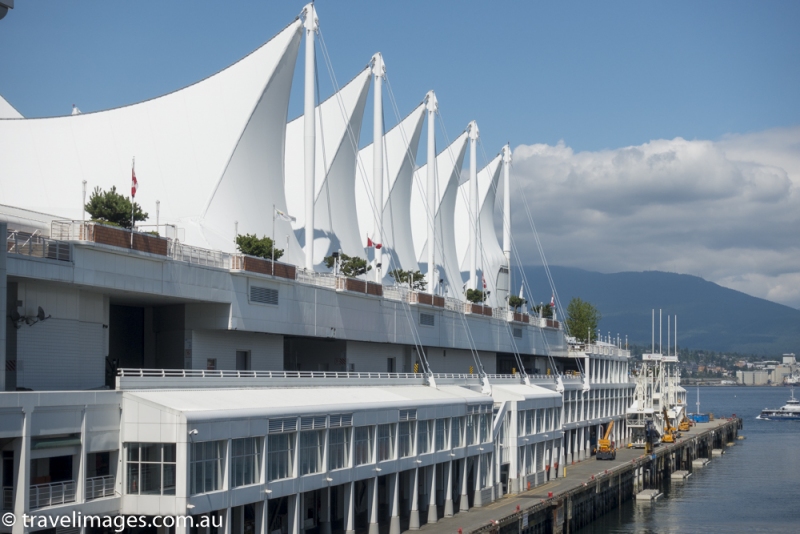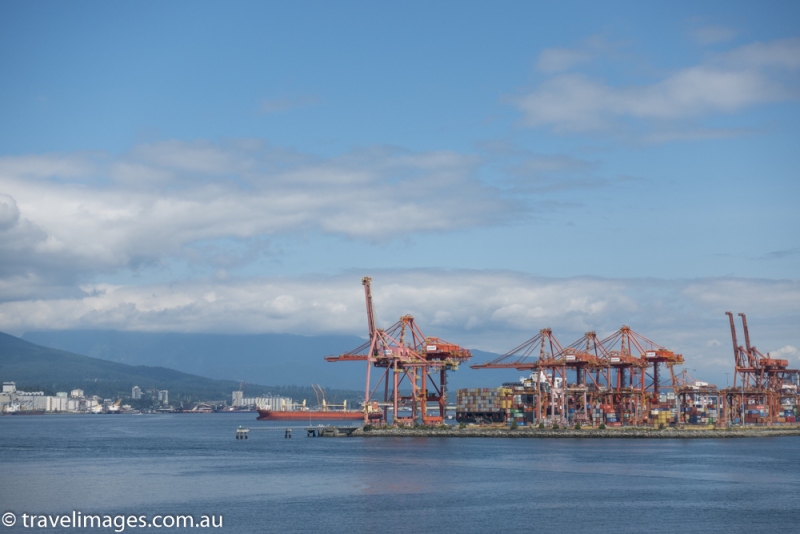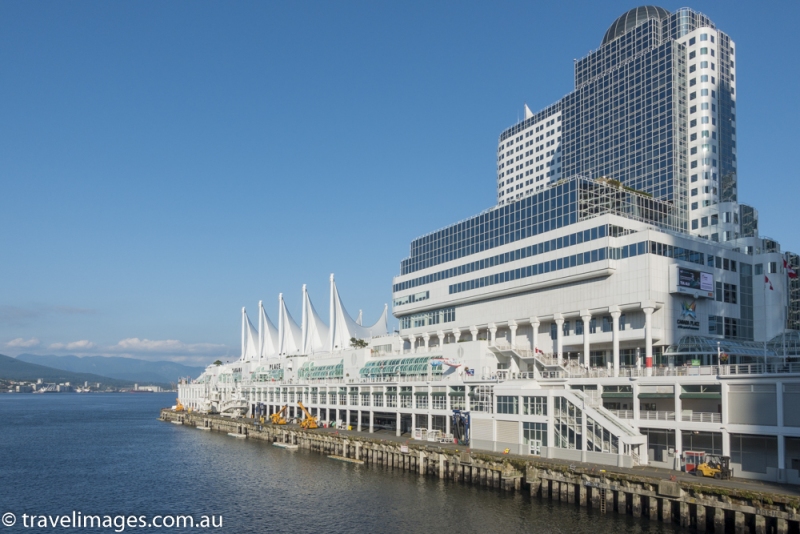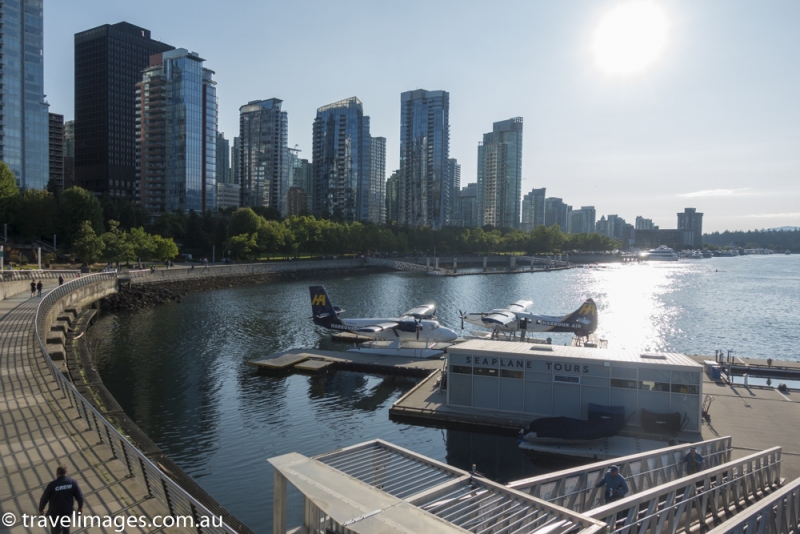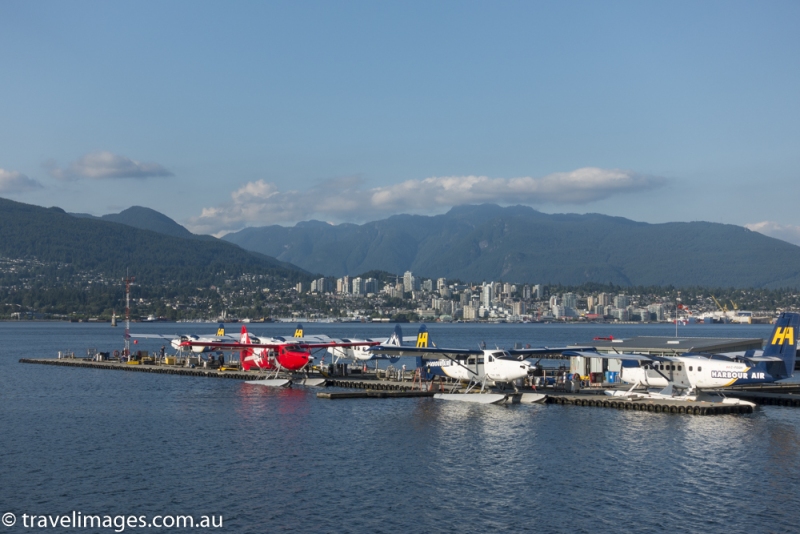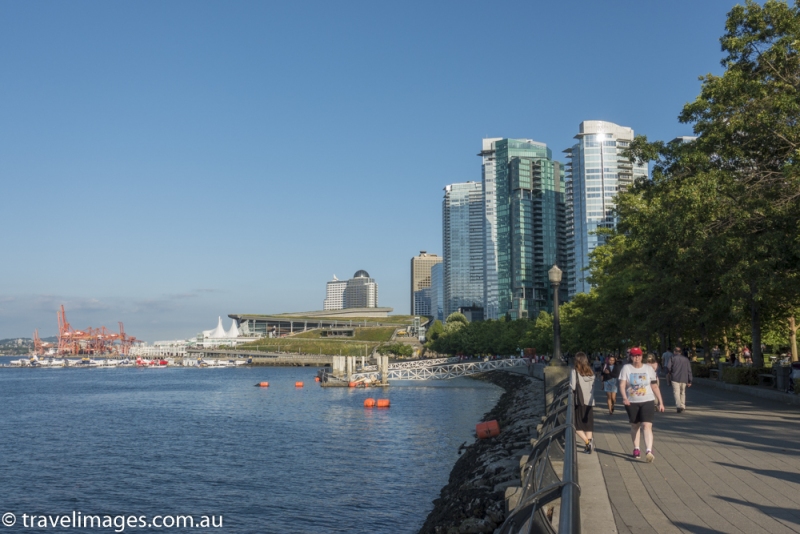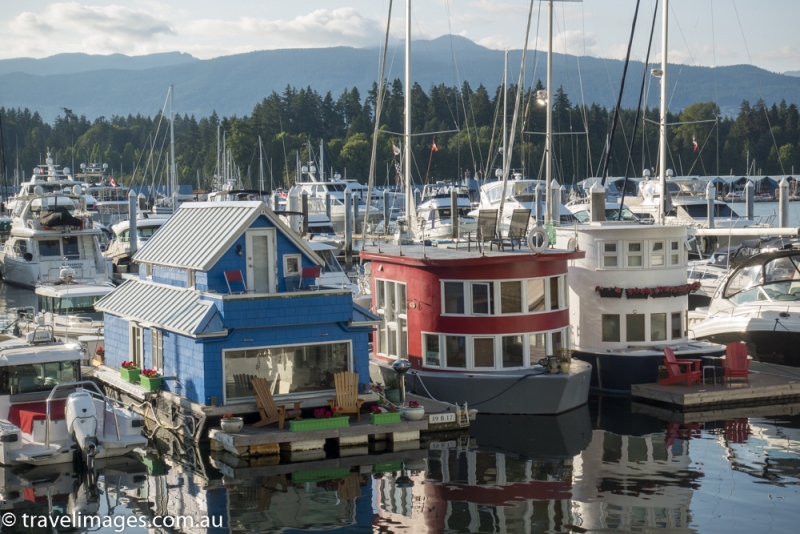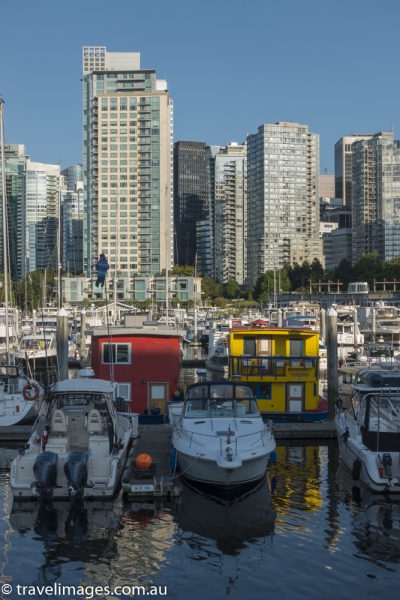It’s an early start this morning for the Amtrak Cascades train to Vancouver, Canada. The train departs Seattle’s King Street Station at 7:45am, which means needing to be at the station by 7am for baggage check-in. It’s a quick Uber ride from the Hilton Seattle, and about $US7+tip for less than 10 minutes.
King Street Station has recently been restored to it’s Art Deco glory, and is primarily geared towards ticketing, seat allocation and baggage handling. There are no food outlets in the station, with the only option at the station being the food truck outside at the entrance, which delivers an acceptable cappuccino, croissant and banana for breakfast.
Amtrak needs some investment in its technology to enable online seat allocation. I can buy a ticket online, but I need to stand in a queue to be allocated a seat. A business class seat cost me $US65, which seems cheap for a 4 hour trip to Vancouver. The answer is in the rolling stock as soon as I get on board – the business class cabin is old, with seating that has seen better days. There is in seat power though, and free wi-fi.
A passenger who boards at the station after Seattle sits down and tries to recline the seat and it promptly breaks and hits the man sitting behind him hard on the knees. The seat is beyond repair and the passenger and travelling companion are relocated to the dining car for the rest of the journey. The business class seat comes with a $US3 credit for the dining car, which makes a mid-morning snack more palatable than the filtered coffee that’s on offer.
4 hours passes quickly, with great views from the left hand side of the train of the Pacific, and the sometimes affluent residential enclaves that line it. Some serious real estate can be seen from the train. Also some piles of what looks like woodchips from a timber operation.
Vancouver doesn’t look particularly impressive on the way in – the sides of the train tracks are littered with rubbish, and it looks generally grey and uninspiring.
Checked baggage is collected from outside the train’s baggage car, where it has been unloaded along the chain link fence. Next up is the line to clear Canadian immigration, where I receive the most thorough interrogation of the trip to date. Why are you coming to Vancouver? Where have you travelled from? How long are you staying? Where are you going next? How long will you have been away from Australia for?
The Amtrak train has arrived at Pacific Central Station, and it’s a short walk across a small park to Main Street Station, where I can buy a Compass smart card for $6 from a machine, load it with stored value, and use it to get around most of Vancouver. My hotel is on the waterfront, and the Expo line will take me there from Main Street Station, with about 4 stations until Waterfront Station. It’s after 12pm, and the automated (driverless) train isn’t busy, and the service is every 5 minutes or so. There’s a lot to be said in favour of smaller, more frequent trains, made possible by automation.
The Fairmont Waterfront hotel is a splurge for 3 nights at the end of the trip, and a deal through American Express Fine Hotels & Resorts gets me a noon check-in, breakfast, and enough hotel credit for a couple of dinners. And a ‘wow’ moment with an upgraded room with a spectacular view over the bay to North Vancouver. The sea planes are doing a roaring trade, and the Vancouver cruise terminal is right across the street. The Fairmont also employs a bee-keeper, and the hives are visible on a protected area of the 3rd floor.
In port today is the monstrous Disney Wonder, the length of a city block, and as high as a 10 storey building. The ship is doing it’s safety drill, and the size comparison with Le Soleal is startling. Our 204 passengers only needed to be divided between two life vessels – this one must need many times that number. It’s literally a floating city and you couldn’t pay me to get on it.
It’s worth a wander around the waterfront towards Coal Harbour in the evening. The marina is full of vessels of all shapes and sizes, including some downsizers in cute cottage style houseboats. It’s a popular walking and cycling area on a warmish summer evening, and the city has done a great job in rehabilitating this area both with the parkland and marine environment, which is now frequented by harbour seals.
Tomorrow, the plan is to head out into the Salish Sea looking for Orcas!
